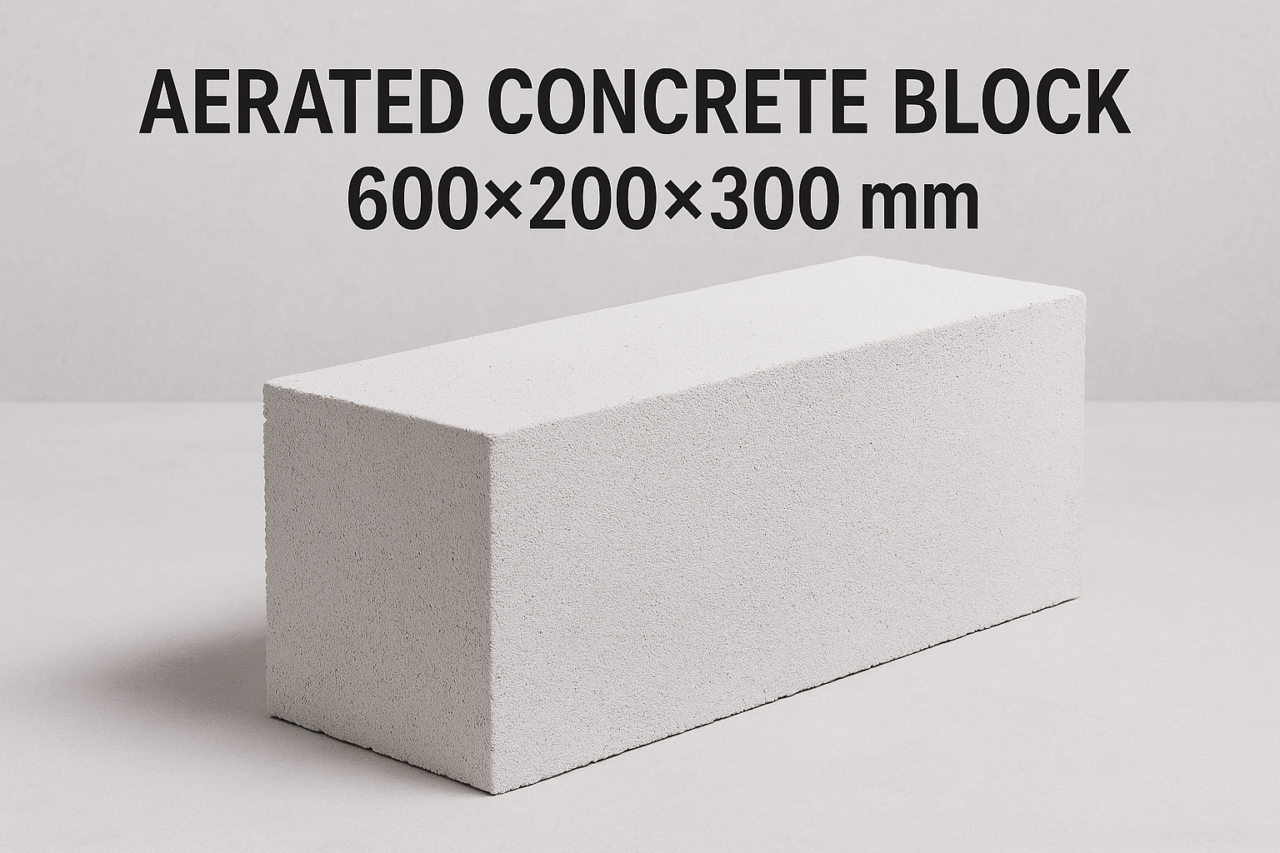Ah, the humble aerated concrete block—a cornerstone (quite literally) of modern construction. Before diving into the specifics of its weight, here’s an intriguing tidbit: Aerated concrete was invented in the 1920s in Sweden, not as an architectural marvel, but as a solution to a timber shortage. This innovation, akin to baking a cake with a little extra rise, introduced air pockets into concrete, making it lighter and more insulative.
The Answer to Your Weighty Question:
An aerated concrete block of dimensions 600×200×300 mm typically weighs around 20 to 25 kilograms (approximately 44 to 55 pounds). This variance depends on the specific density of the material, which can be tailored to suit different construction needs. The beauty of these blocks lies in their feather-light comparison to traditional concrete, making them easier to handle and install—a true boon for the laborers out there!
A Brief Stroll Down Memory Lane:
The journey of aerated concrete is a tale of innovation meeting necessity. As the world industrialized, the need for efficient, sustainable building materials skyrocketed. Weighing these blocks might not be a Herculean task—after all, a simple scale will do the trick—but understanding their weight is crucial. It impacts everything from transportation costs to structural design. I recall a time during my misspent youth, lugging decidedly heavier bricks on a summer job. If only I had known the joys of aerated concrete back then!
In essence, knowing the weight of these blocks isn’t just a matter of trivia; it’s vital for architects, builders, and engineers who seek to optimize their projects. It’s all about marrying practicality with creativity, much like life itself—a blend of solid foundations and airy dreams.

Comments (0)
There are no comments here yet, you can be the first!